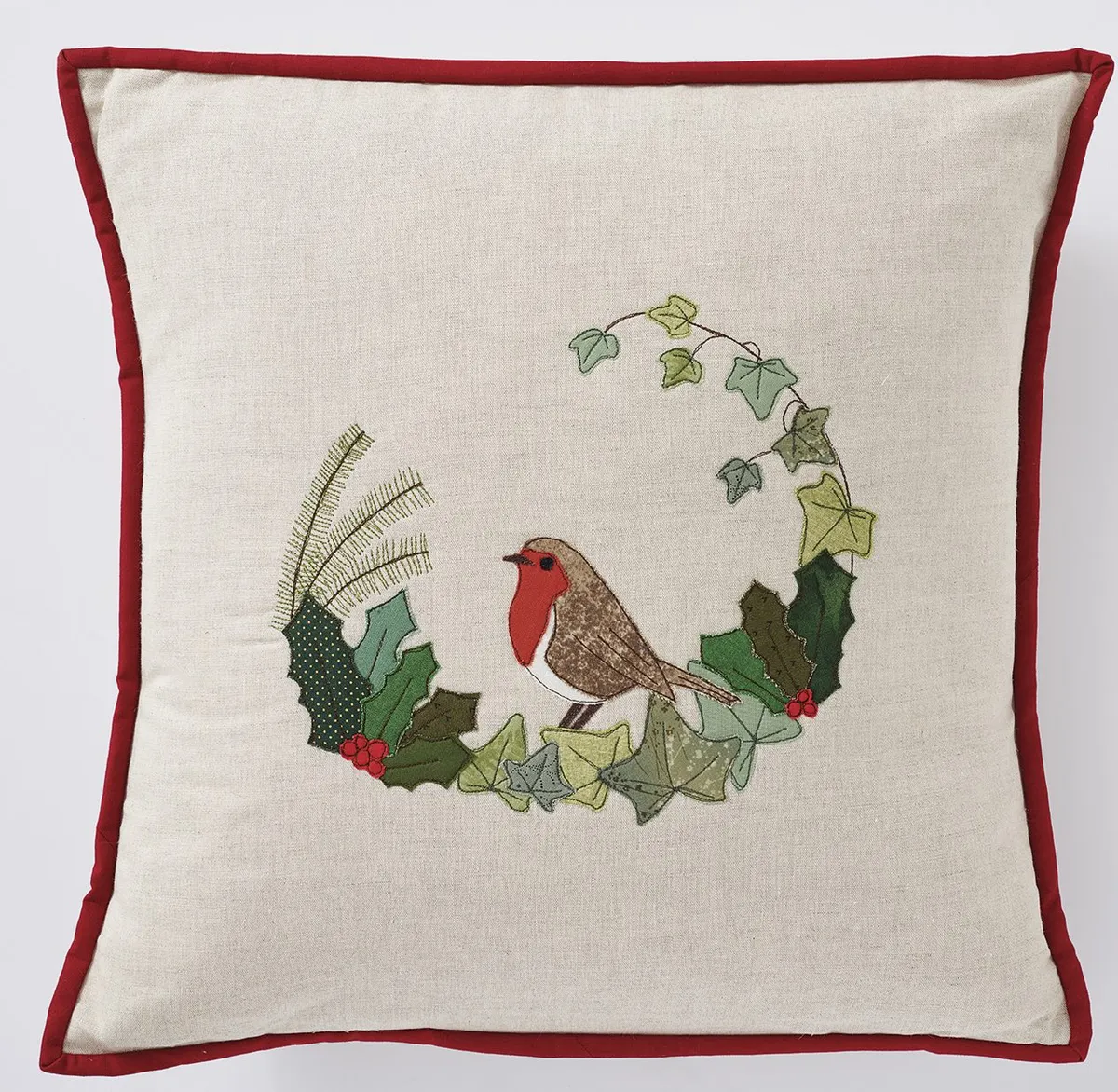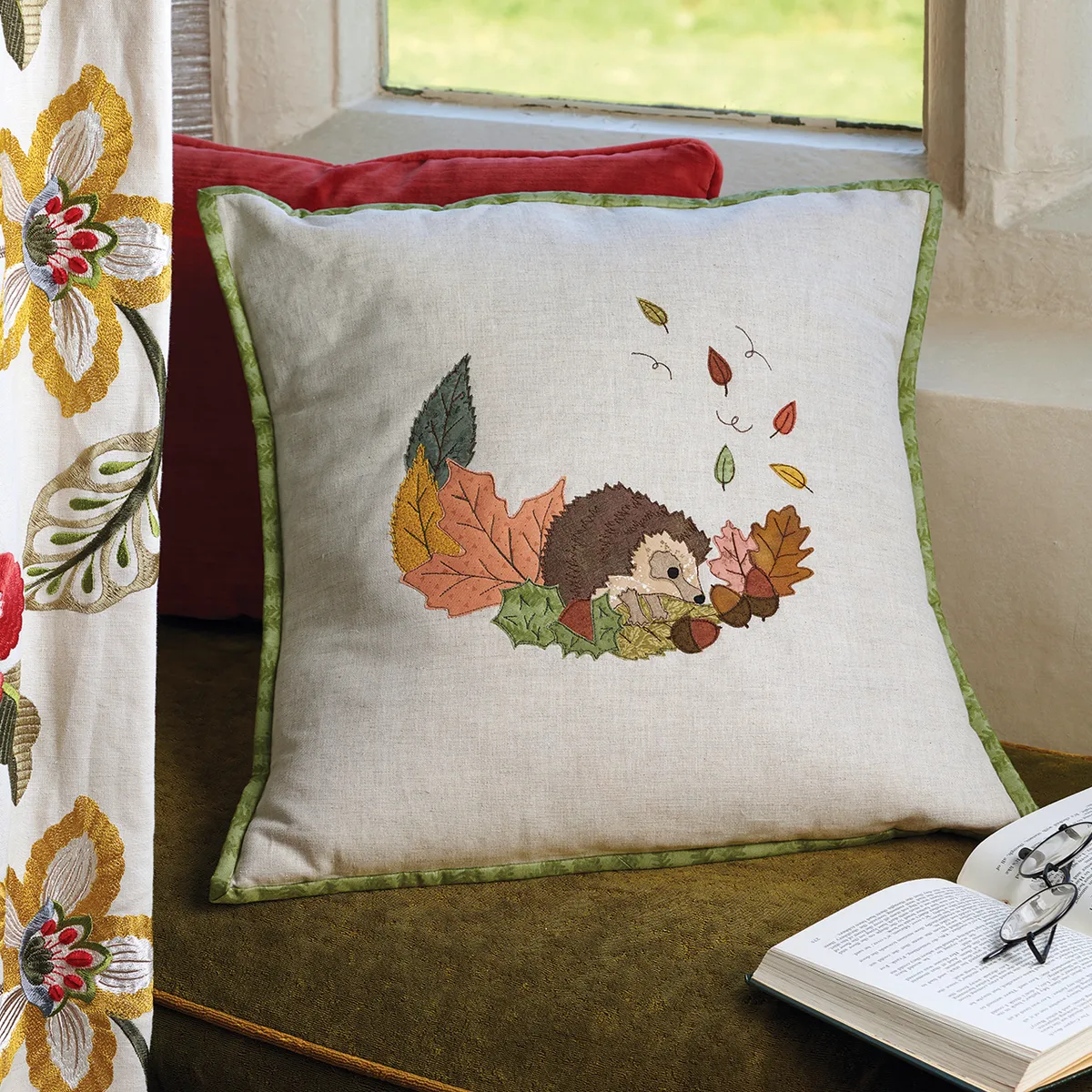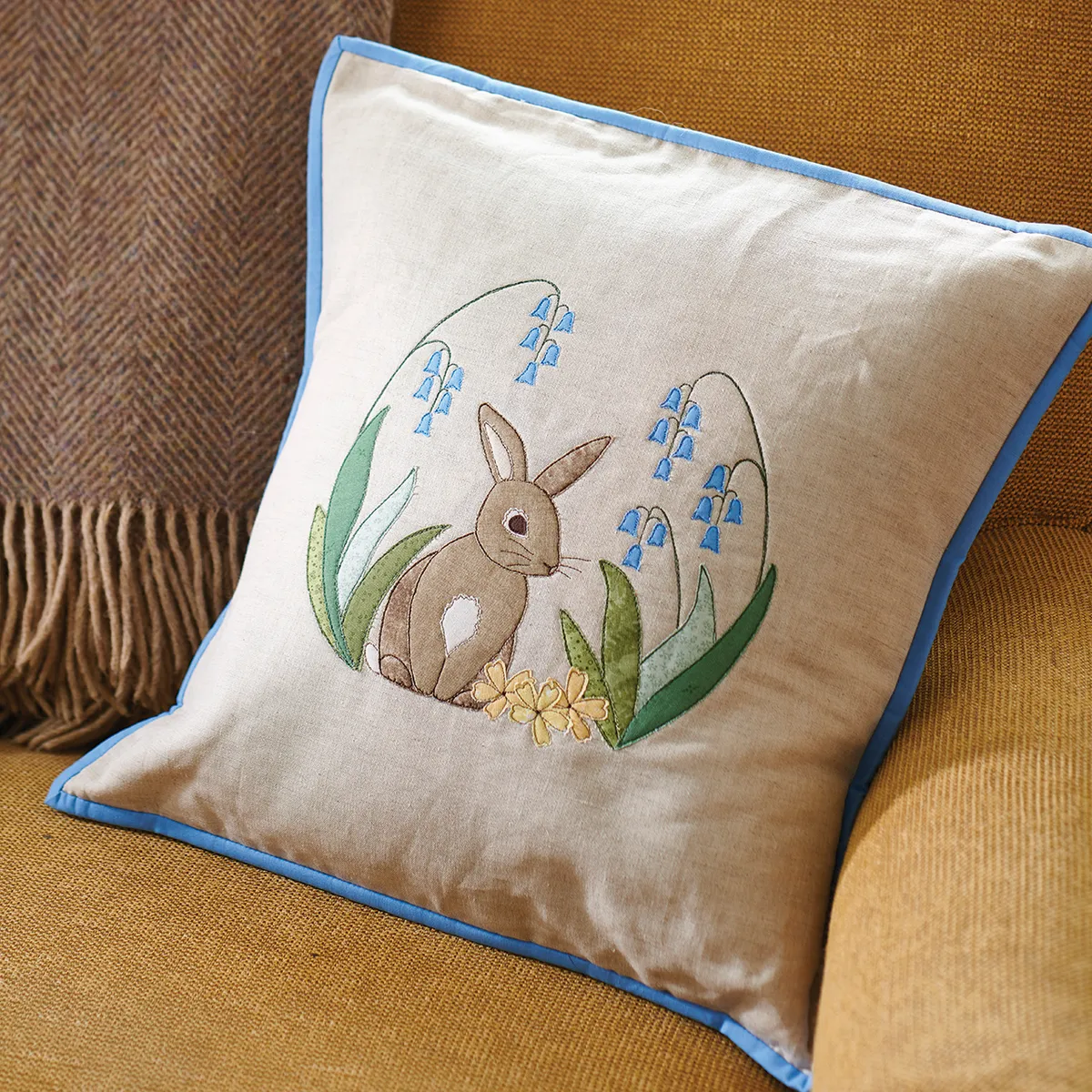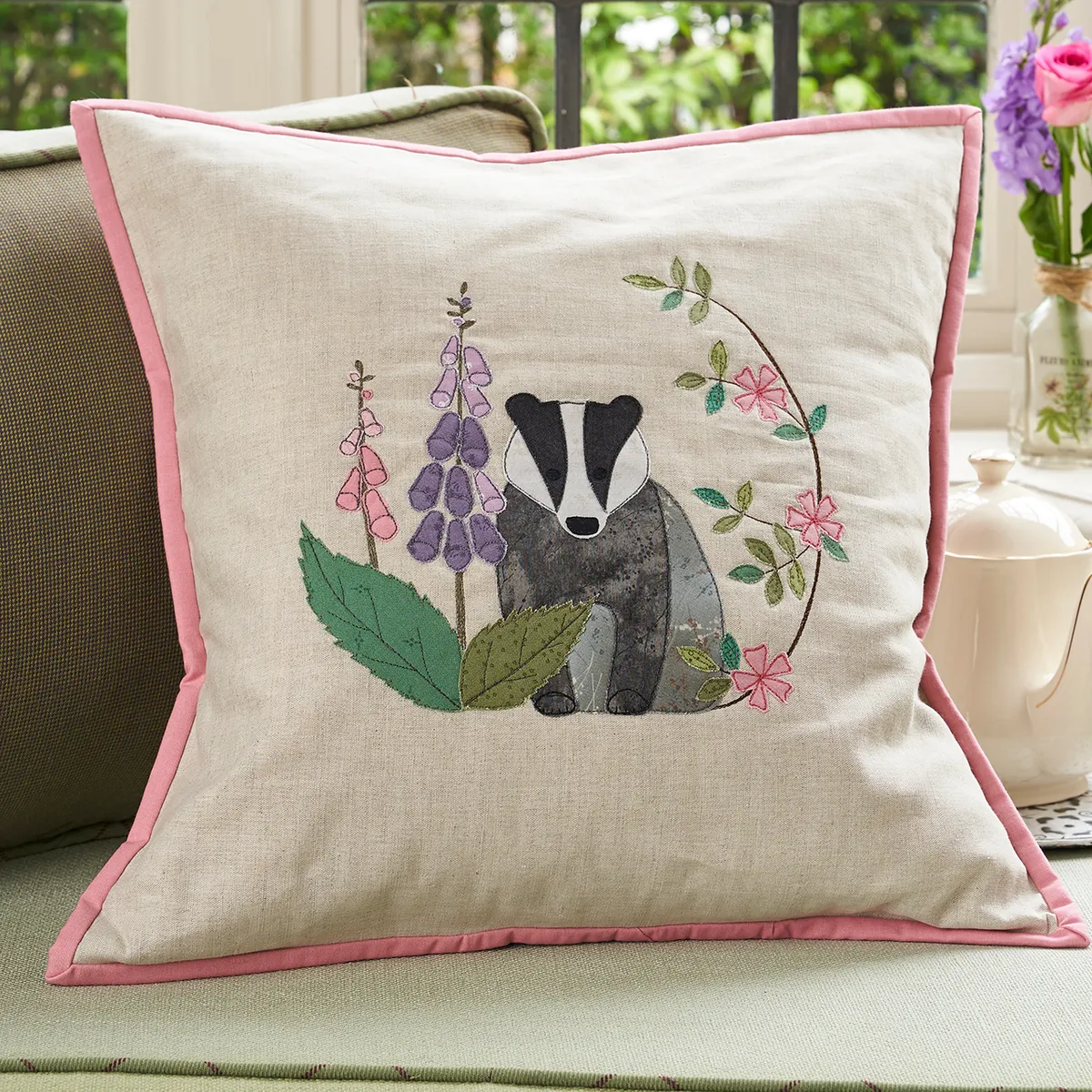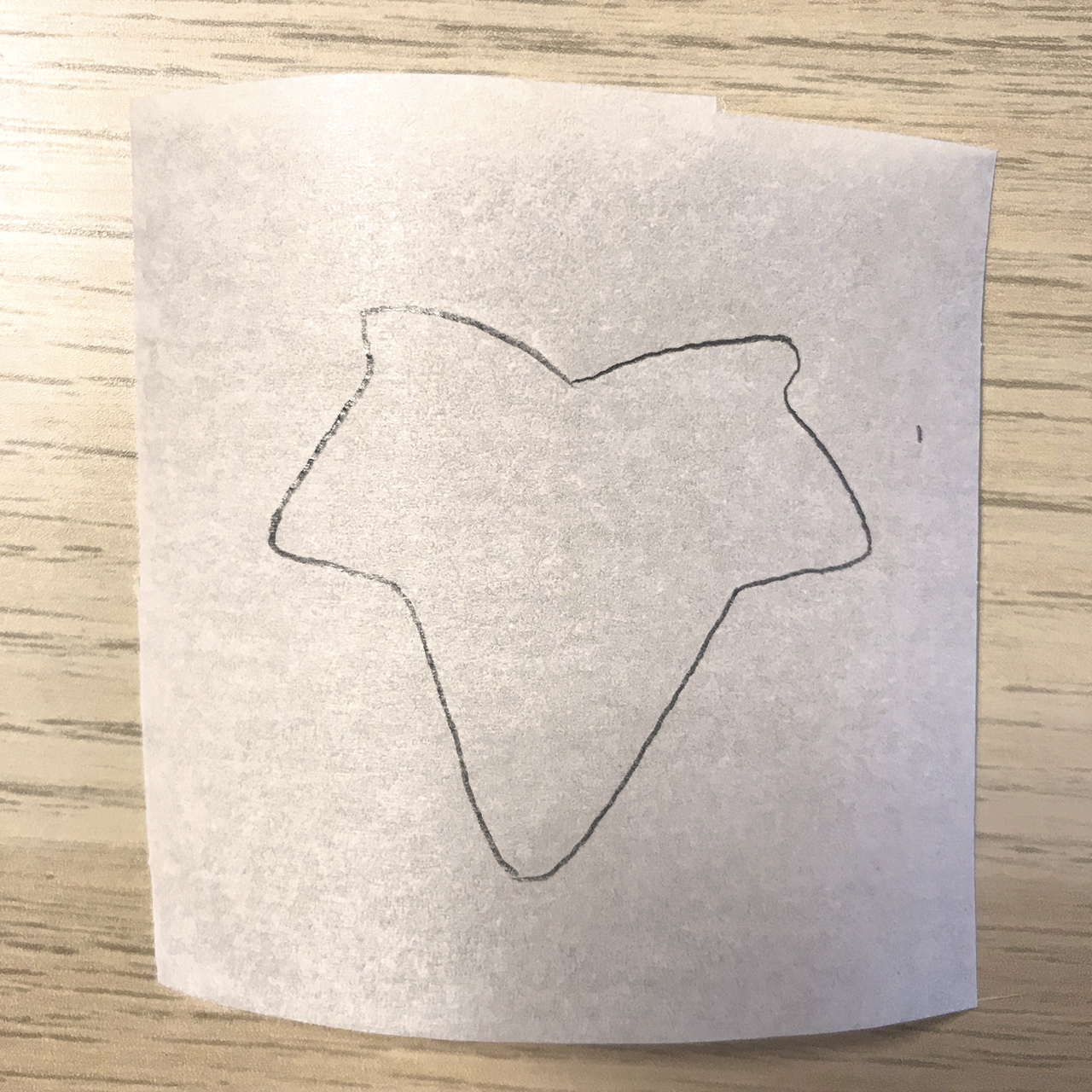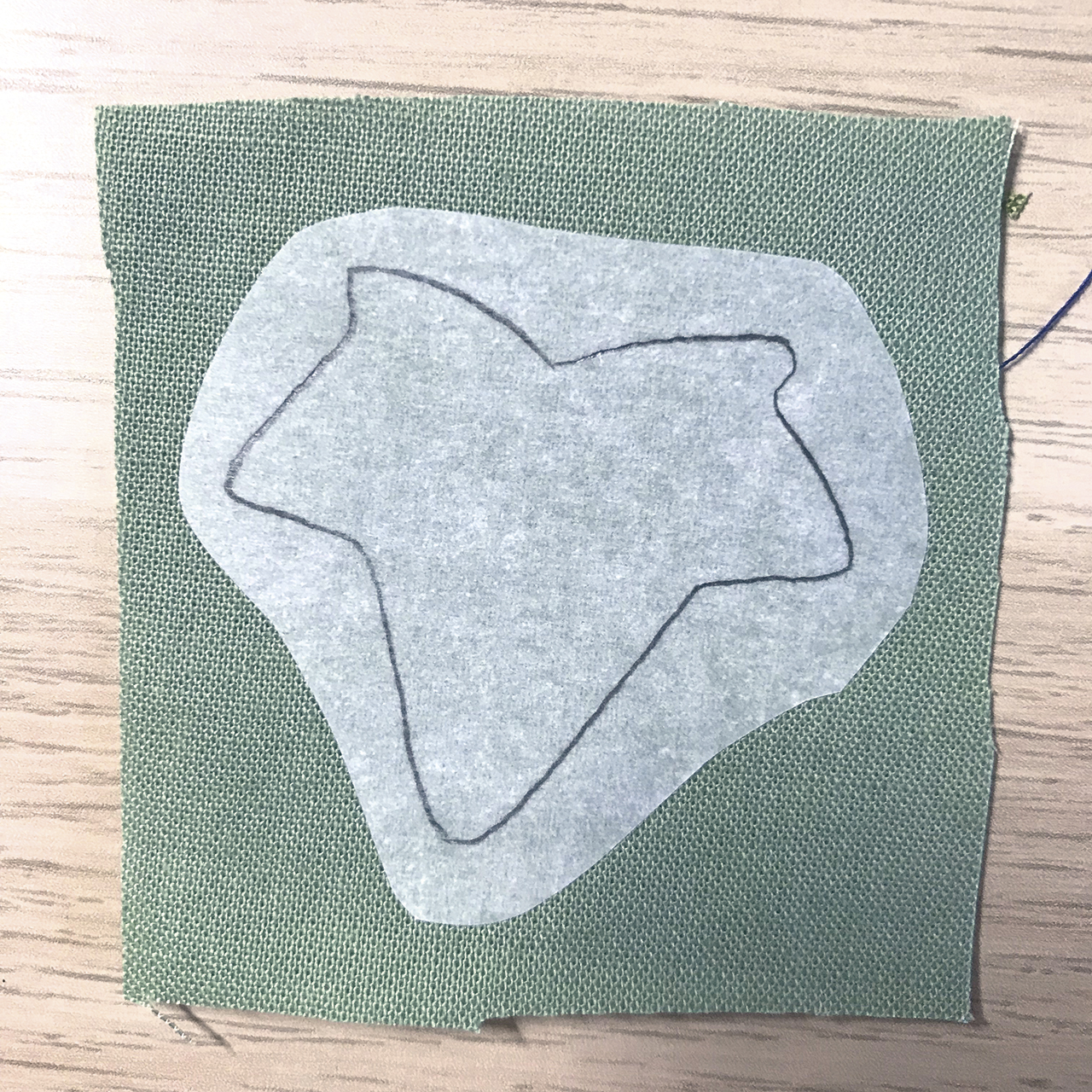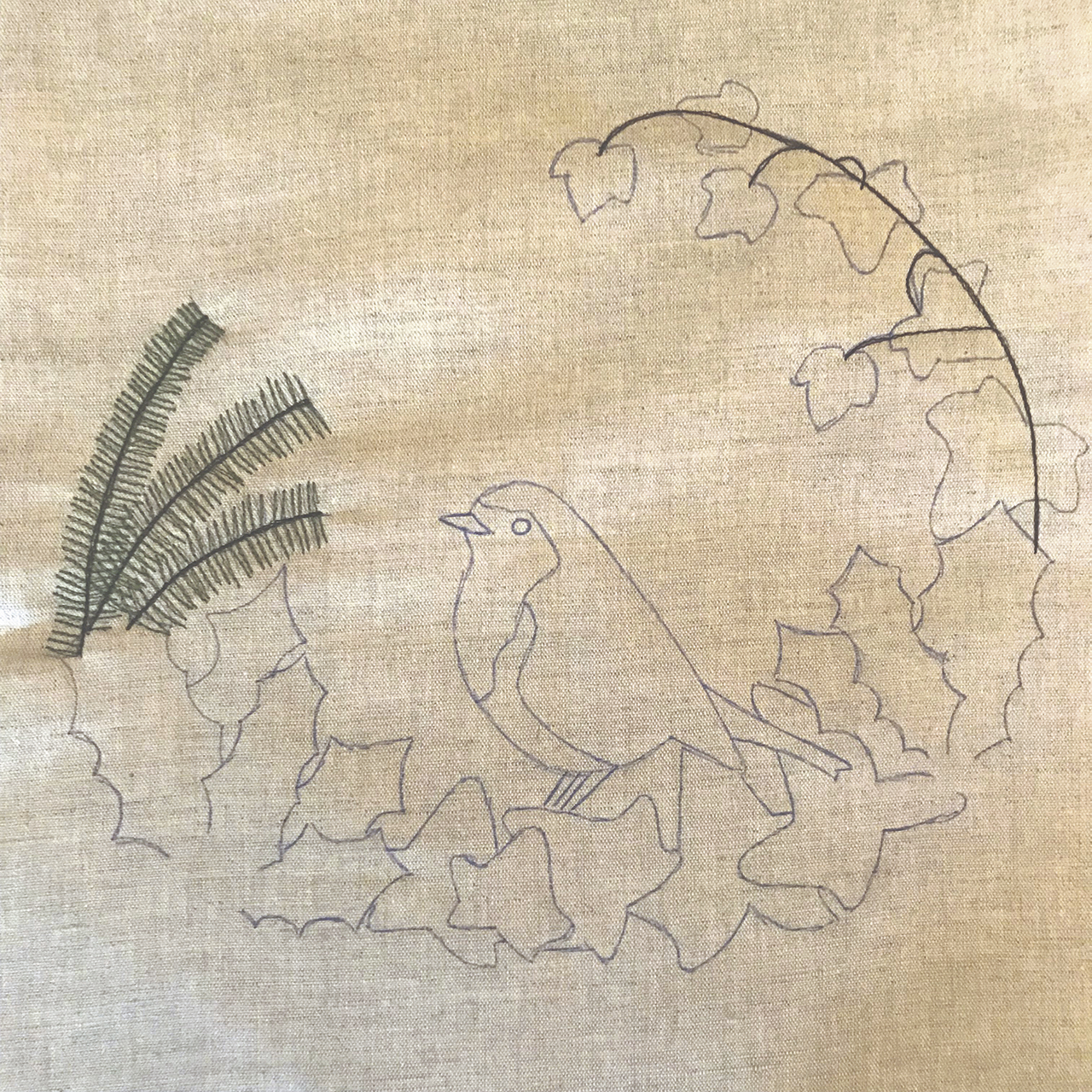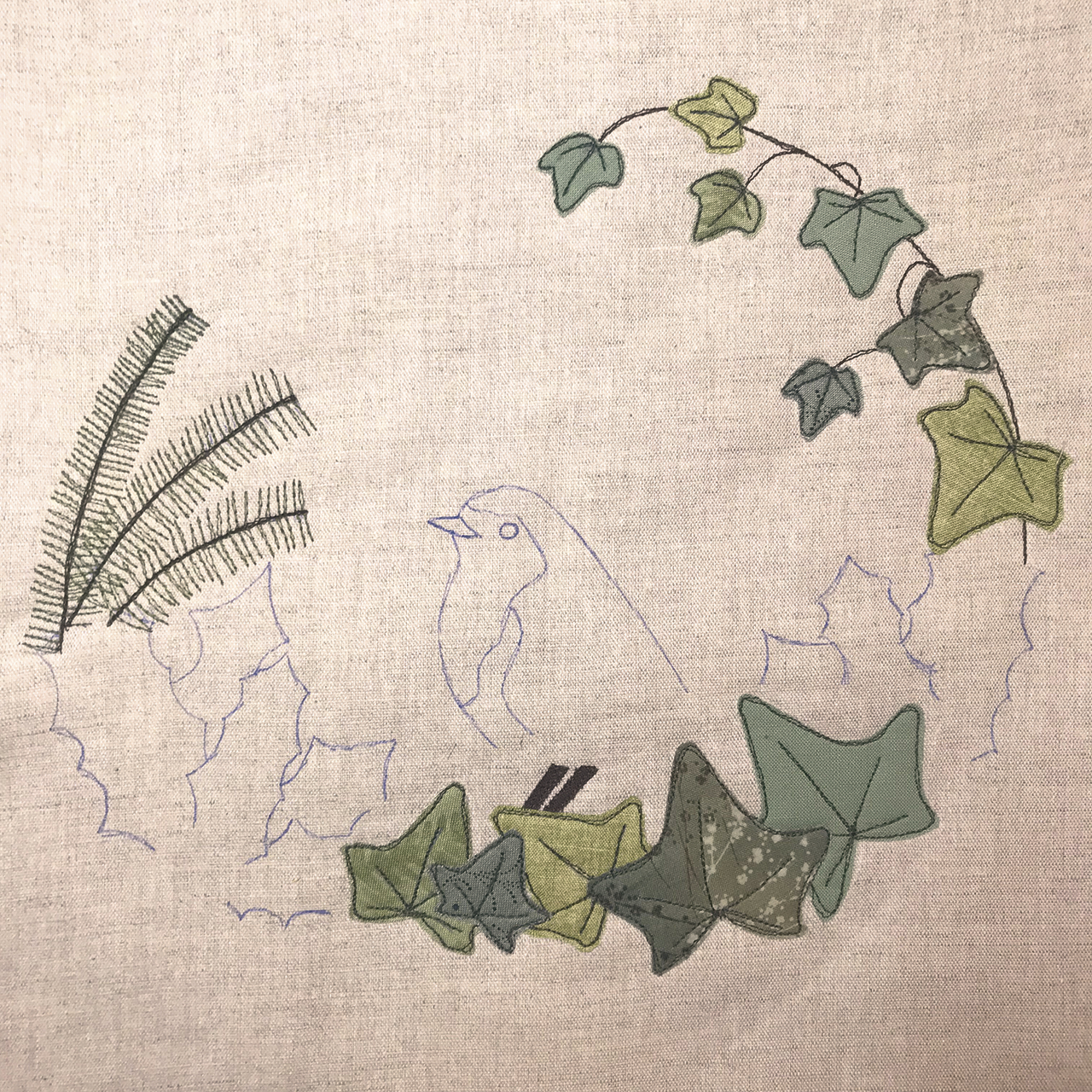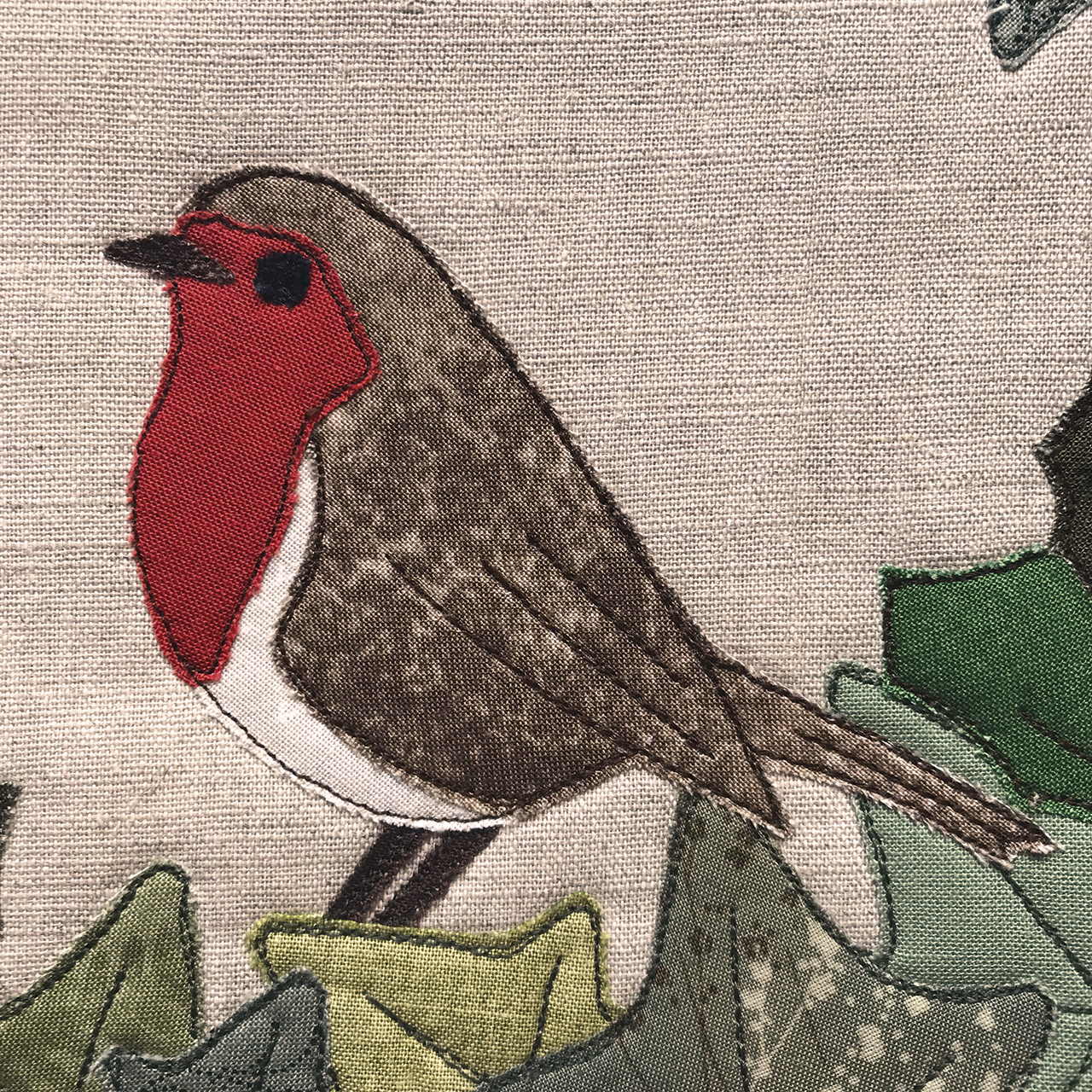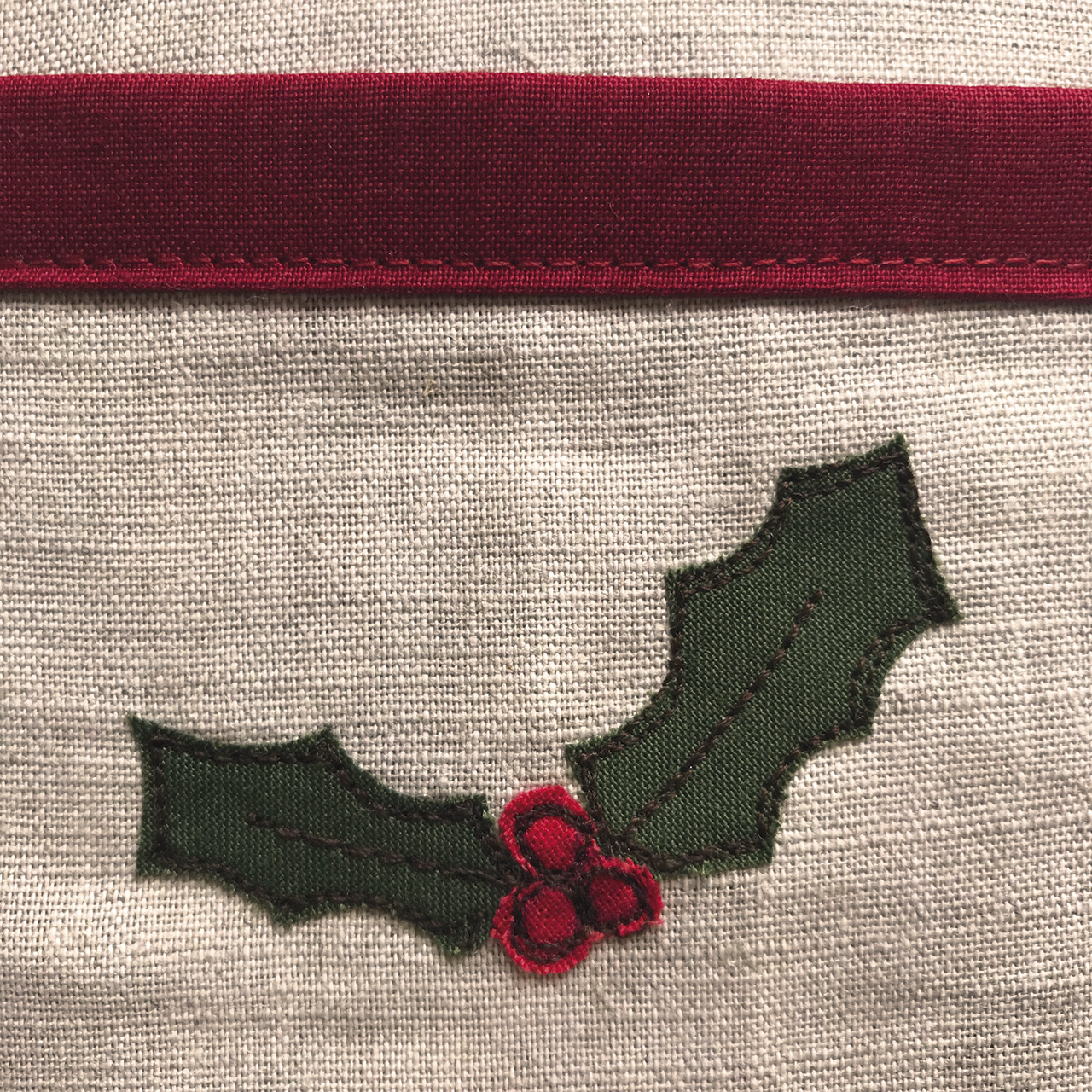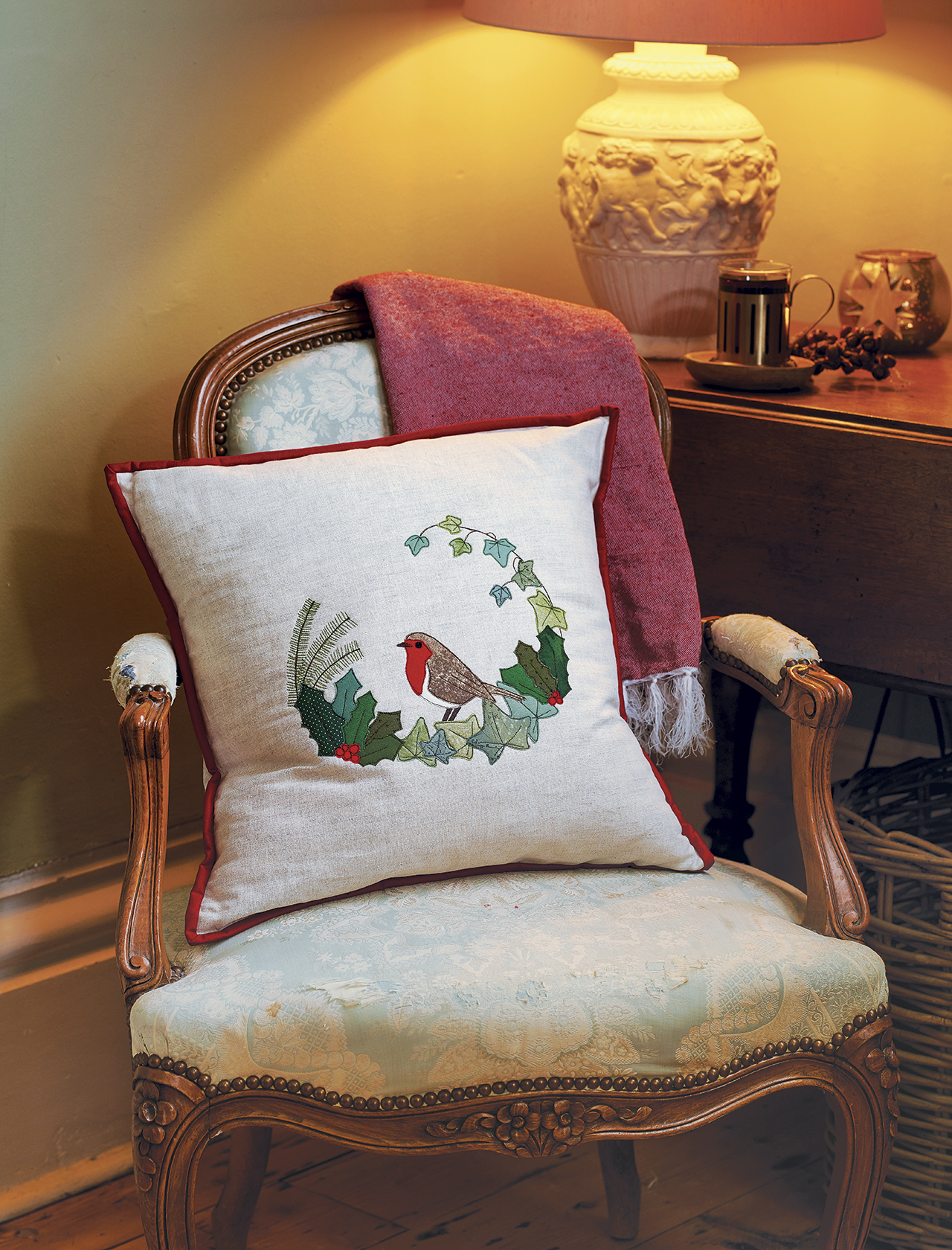Curl up and enjoy the ultimate wintry weekend make with this appliqué robin cushion. It's perfect if you're looking for Christmas appliqué designs with a traditional touch, or if you're on the hunt for templates then you'll find our free printable robin template below. This is a lovely way to practise your raw edge appliqué – if this is a new method for you, have a read of our how to appliqué guide before you begin or scroll down to the bottom of this tutorial for designer Victoria Carrington's top tips before you cut into your fabrics. This red breasted beauty will make the perfect family heirloom to treasure for many winters to come.
If you like the look of our red-breasted beauty, you might also like our round up of the best free Christmas quilt patterns, or dive into our full quilting patterns collection.
2 ways to stitch this project
-
- Use a walking foot with the feed dogs up and a reduced straight stitch length, then simply stitch around the shapes. You will get a uniform stitch length but due to the size of the project, you will need to keep lifting the foot and rotating the work – this will stop your fabric from distorting.
- Use an open toe free-motion foot with the feed dogs down. Make sure the foot is just lightly resting on your work rather than in the air or pressing down hard. As the feed dogs are down, you can move the fabric in any direction to ‘draw’ (the needle will stitch on the spot until you move the fabric). You will need to establish a balance between the speed of your sewing machine and how quickly you move the fabric.
Collect the series
This winter cushion was first published as the final part of a seasonal series that was featured in Today’s Quilter magazine throughout 2019! The robin surrounded by winter foliage follows on from a spring rabbit in issue 47, a summer badger in issue 50 and an autumnal hedgehog in issue 53. The appliqué blocks can be made into individual cushions or you could make the whole series and incorporate them into a quilt or wall hanging. You can get the rest of the series by buying the back issues in the Today's Quilter app.
Christmas appliqué: How to make a classic robin cushion
- Read pattern in full before starting.
- Press all fabric well before starting.
- All templates are drawn backwards.
- Dashed lines on templates denote where pieces overlap.
- WOF = width of fabric.
- RS = right side.
- WS = wrong side.
- RST = right sides together.
- WST = wrong sides together.
- Download our Free Printable Robin templates
